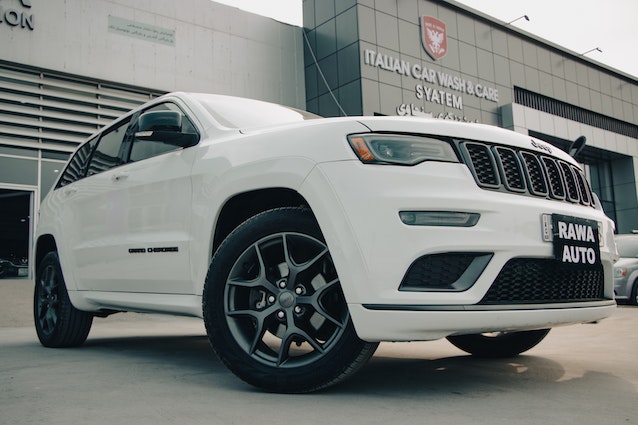1. The Importance of Winter Tires
As winter approaches, ensuring your vehicle is prepared for the cold, icy conditions becomes a priority. A significant part of that preparation involves choosing the right tires. Winter tires, also known as snow tires, can make all the difference between a safe drive and a hazardous one when temperatures plummet.

2. What Makes Winter Tires Unique?
Unlike all-season or summer tires, winter tires are uniquely designed to perform well in cold, snowy, and icy conditions. Their soft rubber compound remains flexible in cold temperatures, while their deep, aggressive tread patterns provide enhanced traction on slippery surfaces. Additionally, they often feature tiny slits known as sipes, which improve grip on ice and snow.
3. The Science of Winter Tires
Understanding the technology behind winter tires helps appreciate their importance. The rubber compound in these tires contains more natural rubber and advanced silica compounds, enabling it to maintain flexibility in cold weather. Their tread design is also different, featuring larger gaps and more edges to bite into snow and ice, providing superior grip and stability.

4. The Right Time to Install Winter Tires
The rule of thumb is to install winter tires when temperatures consistently drop below 45°F (7°C). Even if snow hasn’t fallen yet, winter tires can provide superior performance compared to other tire types in these colder conditions. Remember, it’s not just about snow and ice; winter tires are designed to perform optimally in any cold conditions.
5. Types of Winter Tires
There are two main types of winter tires: studded and non-studded. Studded winter tires have small metal studs embedded in the tread to provide extra grip on icy roads. Non-studded winter tires, on the other hand, rely solely on their rubber compound and tread design for traction. Your choice depends on your local winter weather conditions and regional laws regarding studded tires.
6. How to Care for Your Winter Tires
Proper maintenance is crucial to prolong the life of your winter tires and maintain optimal performance. Keep them properly inflated, regularly inspect for signs of damage or excessive wear, and avoid using them in warmer conditions as the heat can wear them out faster. Storing them properly when not in use is also critical.
7. The Environmental Impact of Winter Tires
It’s worth noting that using winter tires can also be a more environmentally friendly choice. By providing better traction and reducing slippage, they can lead to more efficient fuel consumption, ultimately reducing CO2 emissions.

8. The Top Brands for Winter Tires
When it comes to buying winter tires, brands like Michelin, Bridgestone, Continental, and Goodyear are renowned for their high-quality products. They offer a range of winter tires designed to provide optimal safety and performance in a variety of winter conditions.
9. Common Misconceptions About Winter Tires
Many people believe that winter tires are only necessary for heavy snowfall. This is not true. Winter tires provide superior performance in all cold conditions, even without snow or ice. Another misconception is that all-wheel-drive (AWD) vehicles don’t need winter tires. Although AWD improves traction, it doesn’t help with braking or cornering; winter tires are still beneficial for these vehicles.

10. The Verdict: Are Winter Tires Worth It?
Considering safety, vehicle performance, and control in winter driving conditions, investing in a good set of winter tires is undoubtedly worth it. It’s not just about battling blizzards or icy roads; it’s about having the peace of mind knowing you have the

